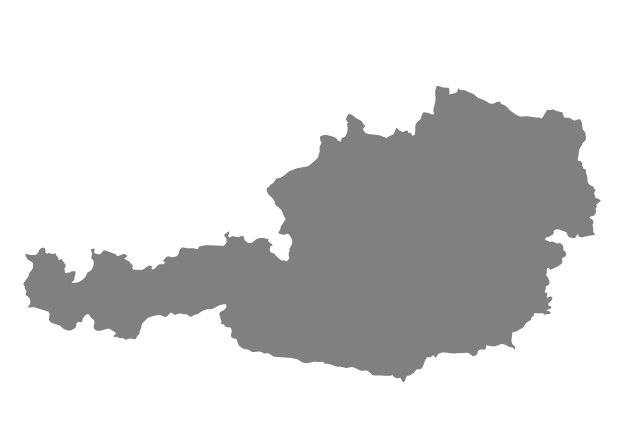
Language and Local Language Requirements
Must pass the English proficiency test (ELTiS).
Should have at least 1–2 years of prior study or basic knowledge of the target language for communication purposes.
May enroll in an Online Language Course to strengthen language foundations.
Required to write a Personal Essay in the local language.
Convalidation of Grades
Certificate of Attendance: Confirms class enrollment, specifying all subjects and total hours attended.
Official transcripts or formal letters of certification cannot be issued.

Austria
Austria is a Central European country bordered by Germany, the Czech Republic, Slovakia, Hungary, Slovenia, Italy, and Switzerland, with its capital in Vienna, renowned for classical music, rich culture, and stunning architecture.
Population: Approximately 9 million
Official Language: German
Currency: Euro (€)
Membership: European Union (EU)
Austria is known for its high standard of living, beautiful Alpine landscapes, and rich cultural heritage. Historically, it was part of the Austro-Hungarian Empire until 1918, which greatly influenced European politics and culture.
Economy: Stable and diversified, focusing on tourism, industry, technology, and clean energy. Around 60% of the country is covered by the Alps, making it a popular destination for skiing, hiking, and nature tourism.
Vienna: Ranked among the world’s most livable cities, Vienna is the birthplace of composers like Mozart, Beethoven, and Schubert and remains a global center for music and the arts.
Culture: Austrians value tradition, tranquility, and nature, enjoying outdoor activities, music festivals, and café culture with specialties like Apfelstrudel and Sachertorte.
Upper Secondary Education in Austria
School Types:
Gymnasium (Academic Secondary Schools, AHS): Prepares students for university; graduates earn the Matura, recognized by Austrian universities.
Vocational Schools (BHS)
Technical Schools
Grades / Levels:
Compulsory Education
Upper Secondary (approx. ages 15–16)
Gymnasium programs usually last 4–5 years, depending on the cohort.
School Atmosphere:
Gymnasiums focus on academic preparation for university.
Offer a wide range of subjects including foreign languages, sciences, mathematics, and humanities.
Class sizes vary from medium to large depending on school and location.
Atmosphere is formal but flexible, allowing students to choose streams and elective subjects like music, sports, art, foreign languages, and exchange opportunities.
Academic Year:
Starts mid to late August and ends late May or early June
Seasonal holidays: Christmas, spring break, summer vacation, etc.
School Hours:
Most schools start around 7:45–8:00 AM, with some afternoon lessons.
Number of lessons per day varies; classes are typically 50 minutes per lesson/unit.
Subjects
Compulsory Subjects (may vary by school type):
German (official language)
Foreign languages (e.g., English, French, Latin, Italian)
Mathematics
Sciences (Physics, Chemistry, Biology)
Humanities (History, Geography, Social Studies)
Arts / Music / Physical Education
Religion / Ethics / Psychology (depending on school)
Electives / Streams:
Gymnasiums offer specialized streams such as Humanities, Science, Economics, Arts, Business.
Example: Akademisches Gymnasium Innsbruck offers multiple foreign language options including French, Latin, Spanish, and Italian depending on grade level.


